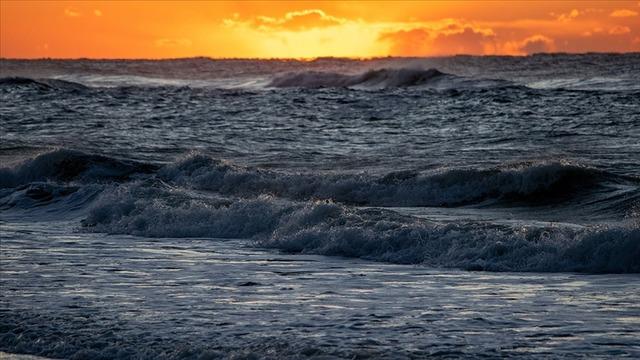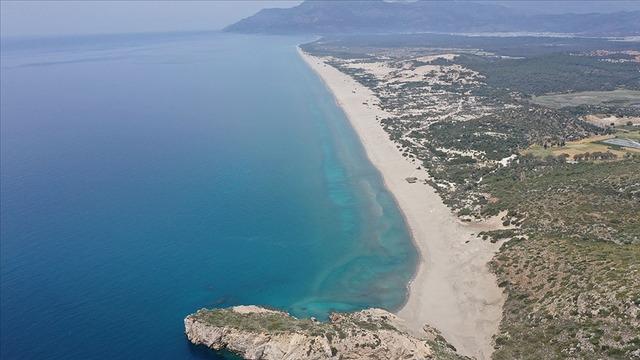While global sea surface temperatures reached their highest level since 1850 on a monthly basis in April and May, it was reported that new records could be seen in temperature values this year with the effect of El-Nino.
According to the analysis of the British Meteorological Service (Met Office), the increase in sea surface temperature in May reached 1.25 degrees Celsius compared to the reference period 1961-1990.
With the temperature values recorded as of April and May, the sea surface temperature was the highest on a monthly basis since 1850.
On a regional basis, the temperature increase in the North Atlantic in May 2023 broke a record with the effect of El-Nino.
Due to the climate change caused by the increase in global greenhouse gas emissions caused by human activities, the Earth’s temperature and sea surface temperatures are increasing rapidly on the planet.
Albert Klein Tank, President of the Met Office Hadley Center, said: “Dust in the air from the Sahara blocks some of the solar energy, helping to cool the area normally but below-average wind levels have reduced dust in the area and potentially lead to higher temperatures. led to it.” used the phrases.

Tank noted that such changes combined with climate and weather events triggered an increase in temperature.
“EXTRAORDINARY SITUATION”
Met Office Tropical Cyclone Specialist Julian Heming stated that an Atlantic tropical storm is expected in the eastern Caribbean by the middle of next week, and shared the following information:
“We can say that if a tropical storm does occur, it would be this early in the season and quite unusual for this region. June storms normally occur in the Caribbean and the Gulf of Mexico further west. One of the main factors in this if these storms occur next week. one would be high sea surface temperatures in the (North) Atlantic.”

Arctic sea ice width is well below average for this time of year, while Antarctic sea ice width is the lowest ever, according to the Met Office’s Arctic and Antarctic sea ice report released today. (AA)
